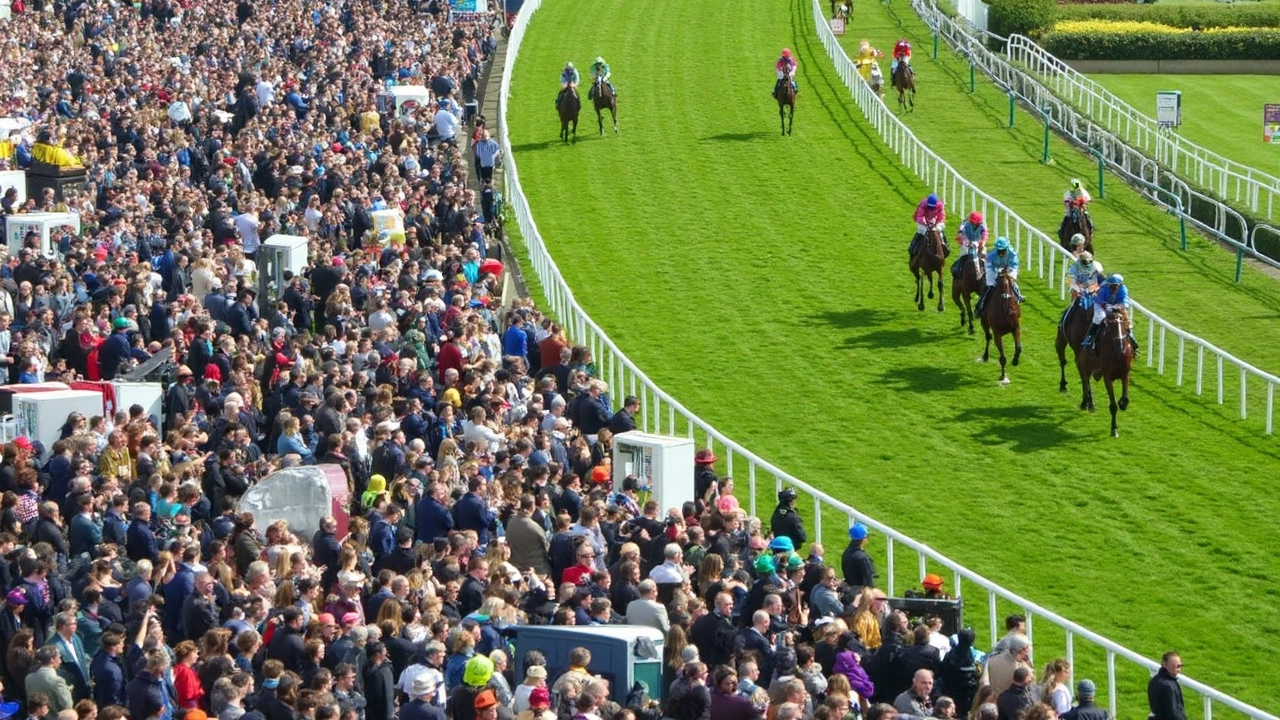Ticket Sales Made Simple for Soccer Fans
When talking about ticket sales, the process of buying and distributing seats for live events like soccer matches. Also known as event ticketing, it connects fans, clubs, and venues in a single transaction flow.
One key player in this flow is event ticketing platforms, online services that list match dates, seat maps, and pricing tiers. These platforms handle everything from payment processing to seat allocation, making the purchase feel almost instant. Another important piece is the secondary market, places where fans resell tickets, often at higher or lower prices depending on demand. Together, they shape how tickets move from clubs to supporters.
Why Ticket Sales Matter to Every Fan
Ticket sales aren’t just a checkout page; they determine who gets to hear the roar of the crowd. Dynamic pricing, a practice where prices adjust based on opponent, weather, and remaining inventory, directly influences affordability. Clubs use it to maximize revenue while keeping seats filled, and fans watch the price swings to snag the best deal. Fraud prevention tools, like barcode verification and secure payment gateways, protect buyers from counterfeit tickets that could ruin a matchday experience.
Stadium capacity is another hidden factor. A venue that holds 60,000 fans can only sell that many tickets, so clubs must balance season ticket commitments with single‑match sales. Season ticket holders often enjoy early access, while casual fans rely on the open sales window. Understanding the timing of each release helps fans plan ahead and avoid missing out.
When a big derby approaches, the secondary market typically heats up. Sellers list tickets at above‑face value, and buyers weigh the cost against the chance of seeing their team live. This back‑and‑forth creates a feedback loop: higher resale prices signal strong demand, prompting platforms to release extra inventory or adjust pricing. In short, secondary market activity influences primary ticket sales strategy.
Technology also adds new layers. Mobile apps let fans scan QR codes at the gate, reducing queues and errors. Some clubs experiment with blockchain‑based tickets that guarantee uniqueness, cutting fraud to near zero. These innovations show how ticket sales continuously evolve to improve fan experience while protecting revenue.
Fans looking for the best seats should track three things: the official platform's release schedule, the price movements on reputable resale sites, and any club‑issued promotions like early‑bird discounts. By staying aware of dynamic pricing cues—like a sudden dip after a team’s poor form—supporters can lock in cheaper tickets before prices climb again.
All these pieces—platforms, secondary market, dynamic pricing, fraud safeguards, and capacity limits—create a web of relationships that define modern ticket sales. Below, you’ll find a curated set of articles covering match updates, giveaway opportunities, and fresh insights into how clubs manage ticket distribution. Dive in to see how each element plays out in real‑world scenarios, from blockbuster derbies to everyday league fixtures.
